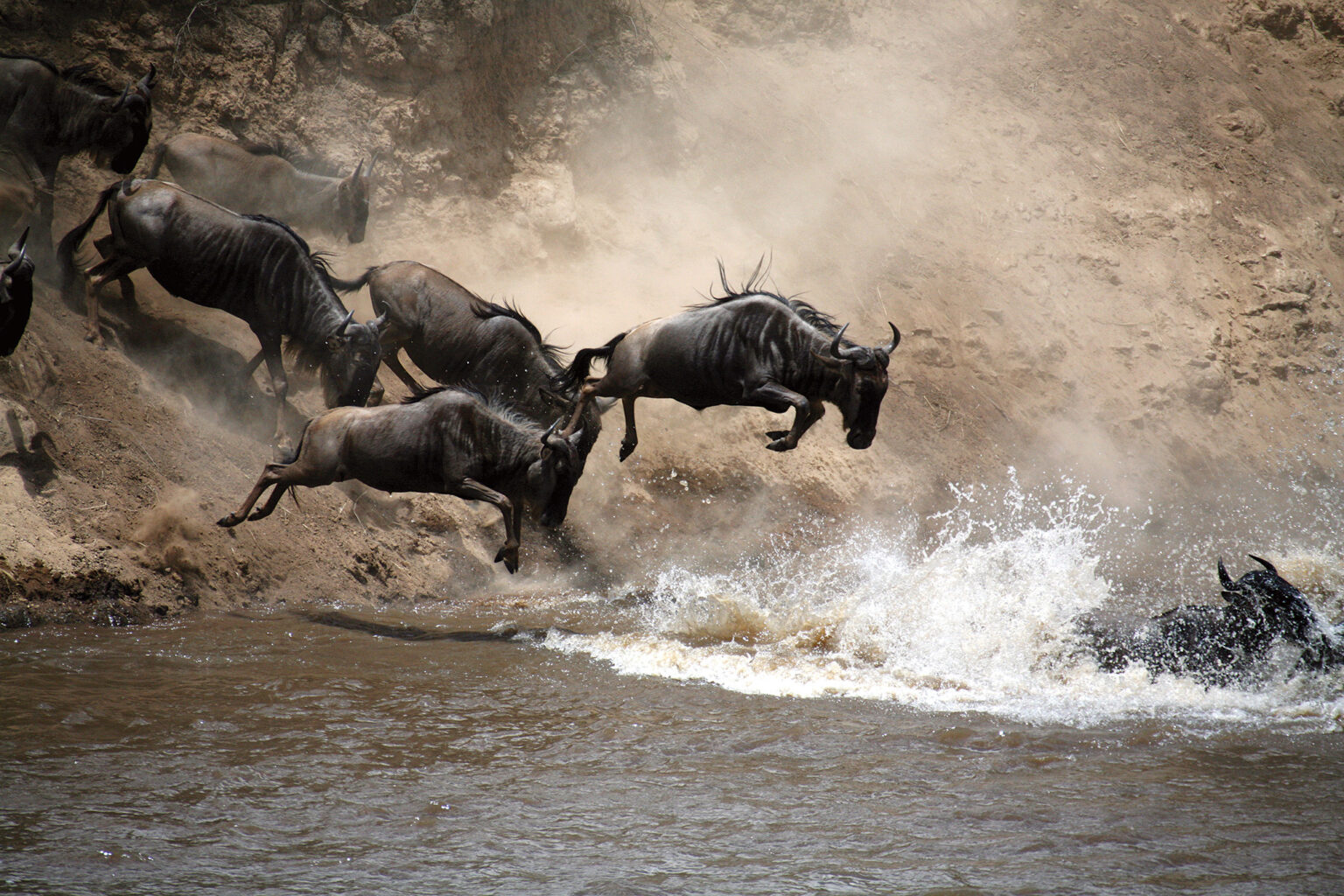- Every year, the Serengeti wildebeest migration involves the movement of vast herds of gnu, zebras, and gazelles.
- It is a tourism spectacle that sees Tanzania cash in on yearly tourism revenues of roughly $2,250 million.
- Tanzania tourism accounts for more than 14% of the country’s GDP.
Serengeti wildebeest migration drives Tanzania tourism
Tanzania’s tourism receipts reached a record high of $3,368.7 million in 2023, compared to $2,527.8 million in 2022 and $1,310.3 million in 2021.
The upward consistent trend is directly associated with the end of COVID-19 lockdowns and the subsequent increase in tourist arrivals.
The UN Tourism has coordinated efforts with the Tanzania Ministry of Natural Resources and Tourism (MNRT), the Tanzania Investment Centre (TIC), and the Zanzibar Investment Promotion Authority (ZIPA) to create a tool to promote investments in Tanzania’s tourism sector post-COVID-19.
The UN is working to promote Tanzania’s tourism by providing investors with valuable information and guidance on Tanzania’s current investment climate and emerging investment opportunities in its tourism sector.
“Tanzania demonstrates a very promising investment environment with a strong growth potential of its nature-based tourism sector,” it reports.
With an annual economic growth rate averaging 6.5 per cent, “Tanzania has demonstrated an impressive growth performance and stability over the past decade.”
“Consequently, the United Republic of Tanzania positioned itself as one of the most preferred destinations for foreign direct investment (FDI) in Africa and among the 10 biggest recipients of FDI on the continent,” reads the UN Tourism Doing Business report.
Notably, and with much credit going to the tourism sector, FDI inflows to Tanzania are on the rise, and new greenfield project announcements have tripled in value so far.
“…with its abundance of natural and cultural resources, Tanzania has gained international recognition for its nature-based tourism in Africa and the world,” adds the UN report.
Also worth pointing out is that regarding the quality of its nature-based tourism resources, according to the World Economic Forum’s Travel and Tourism Competitiveness Index, Tanzania ranks 1st in Africa and 12th worldwide.
Jobs in Tanzania’s tourism industry
Today, the tourism value chain contributes an impressive 17 per cent of the country’s GDP and is the country’s third-largest source of employment. The tourism sector in Tanzania directly employs over 850,000 workers.
When you go to the spice islands of Zanzibar, tourism-related services are especially crucial and account for 55.5 percent of the total service output. In Zanzibar, tourism accounts for more than half of the island’s GDP and represents the largest share of private-sector employment.
According to data from UN Tourism, Tanzania tourism ranks very favourably and “is among the top 10 countries in Africa and the Middle East with the greatest number of greenfield investments in the tourism sector.”
Tanzania has been attracting international investments in tourism and increasing its inflows over the last decade; as a result, the country ranks among one of the top destinations for tourism investments in the African continent.
“However, the country should continue implementing its efforts to improve its business-enabling environment. This might involve strengthening institutions, regulations, policies, and transparency frameworks that facilitate the attraction and promotion of investment inflows towards the tourism sector and its value chain,” advises UN Tourism.
By improving its business-enabling environment, the UN says Tanzania will improve its investment climate and encourage the development of strategic partnerships between the government and the private sector.
Serengeti National Park – where migration happens
Since Tanzania is known for its rich biodiversity, wildlife attractions, and cultural resources and is home to several nature reserves and national parks like the Serengeti National Park, where the wildebeest migration occurs, Tanzania continues to represent a unique tourist destination for thousands of tourists yearly.
However, given the modern trend of growing green economies, Tanzania must focus more on green investments. In so doing, Tanzania has great potential to seize these opportunities and formulate a value proposition based on these comparative advantages, counsels the UN.
“In addition, when considering new emerging consumer behaviors focused on sustainable and rural tourism demand, Tanzania may create strategic investment opportunities for conservation, climate finance, and green investments to further diversify, attract, and mobilize international and private investments,” reads the UN report.
In the report, the UN asks Tanzanian policymakers to improve the country’s regulatory mechanisms and incentives concerning climate change mitigation and adaptation as well as conservation efforts to help foster green investments.
Finally, the UN advises Tanzania to consider developing new incentives and investment mechanisms to strengthen and expand its tourism value chain and supply of tourism services.
This comeback of the tourism sector can only be sustained if the country gets creative, goes green, and empowers the private sector through favourable policies that create a conducive business and investment environment.
Impact of global pandemic on Tanzania tourism
According to the World Bank, Tanzania suffered a 72 per cent drop in tourism revenue between 2019 and 2020 owing to the global pandemic.
“To guarantee a more resilient, innovative, and sustainable tourism sector, particularly digitalization and innovation among SMEs are critical, and SMEs must apply strategies to upskill and train their employees,” the UN urges.
These measures will keep the wildebeest show going on and on, year after year. The animals have a natural compass and inclination to migrate, creating a spectacle to behold; it is up to Tanzania to harness and utilize this God-given economic opportunity.
Read also: Ngorongoro Crater: a driving force in Tanzania’s tourism recovery
